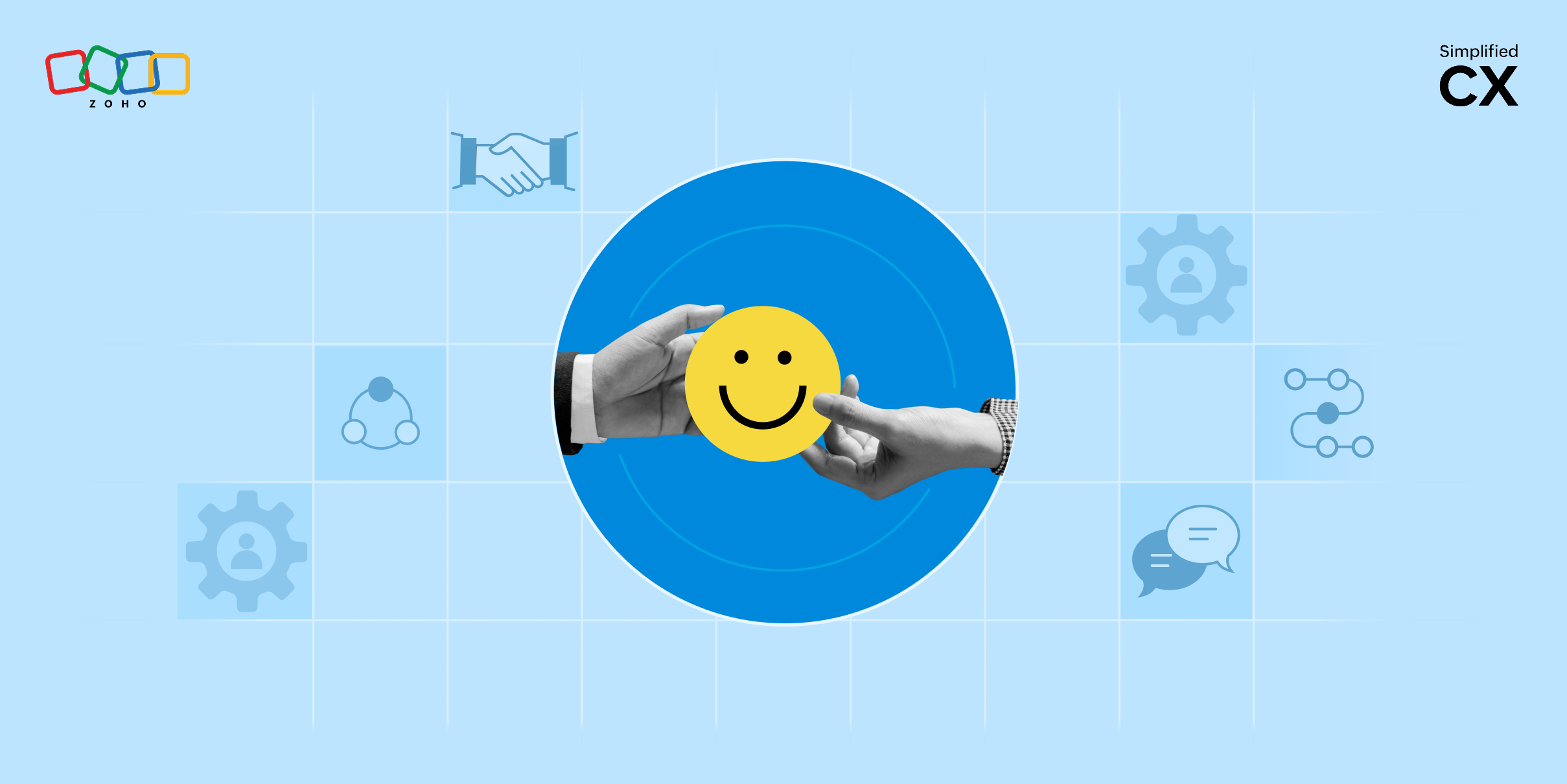- HOME
- More
- Empowerment
- Bridge the gaps to your ideal customer conversation
Bridge the gaps to your ideal customer conversation
- Last Updated : October 18, 2023
- 938 Views
- 3 Min Read

“Please hold the line. A customer service rep will be with you in a moment. Thank you for your patience.”
And there it starts.
This is Minute Zero, and the clock is now ticking for the agent who’s about to start working on this customer’s issue. There’s a lot riding on your ability to make your customers happy, so you want your agents to have the customer’s support needs under control from the get-go. But as you’ve probably noticed, everything doesn’t always go according to plan. Whether it’s an internal communications lag, a customer who’s not being specific, or just a truly oddball question, obstacles are going to come up that the agent can’t control.
What’s standing in the way of an ideal customer conversation?
Lack of context
Your agent gets a call from a customer. The customer’s called your business before, but it was a different agent who talked to them. The customer now has to explain their problem all over again. This isn’t something they want to do, and it frustrates them. Customers are right in feeling that they shouldn’t have to explain a problem twice. A business whose customer service processes make life easier for their customers is a business that customers will want to come back to.
Help desk software is a great option for giving agents enough context to give customers the feeling that it isn’t the first time they’re talking to you, even if it is. Customer details, history, and previous conversations — all this is a must for any agent to provide customer service smoothly and efficiently.
Error: Insufficient resources to perform operation
Solving a customer’s problems takes more than waving a wand at a computer screen and hoping that the ticket closes itself. Agents need information and resources to address a problem, however small it may be. When agents lack even a little of either, service can slow down dramatically. This can happen for any number of reasons; for instance, the customer may have given the agent too little to work with, or the agent might not understand the problem thoroughly.
Giving customers access to FAQs and problem-solving resources is a step in the right direction. Though meticulously building them takes time, comprehensive self-help resources can start improving your customer outcomes right away.
When it’s not quite your ball game
Agents get asked all types of questions, and it’s unrealistic to expect them to have all the answers. Sure, it’s an awkward moment when an agent is on a call and doesn’t have the solution. But the question might not be in the agent’s area of expertise, or it might have been meant for a different agent.
You can start off by streamlining your ticket system to ensure that tickets go to the agents with the right expertise to handle them. Improving collaboration within the team can also get answers flowing faster. Give your agents a co-working space to interact, diversify and gradually increase their knowledge.
Internal collaboration
Your business is always bound to have a few tech-savvy customers who are curious about the nuances of your product. When they start asking questions that are beyond an agent’s know-how, they’ll have to wait while the agent gets in touch with the tech whiz. But what if the agent doesn’t get a timely answer from the tech team? Lagging internal communication is a problem when customers are waiting for information. It’s not good enough to get an answer after the customer has already gotten frustrated and hung up.
One step towards getting rid of lag in internal communication can be to bring your teams closer together. Encouraging employees to interact with people from other teams during breaks removes the layer of awkwardness in asking a stranger for help.
Some questions just aren’t meant for your business but you get them anyway. Customers do random things sometimes, like asking for calculus solutions on a gaming forum. As outlandish as that question might seem, if you were an agent, would you answer it?
World of Warcraft saw beyond the usual ‘This isn’t my job’ mentality and decided to treat that question like any other issue. The support team dusted off their math books and solved the user’s calculus problem quite neatly — they even showed their work!

Of course, it isn’t imperative for agents to answer every odd question that’s thrown their way. Some questions are even better left unanswered. But when you show customers that they can count on you with a problem, that’s when they decide to stick with you for a long time to come.


